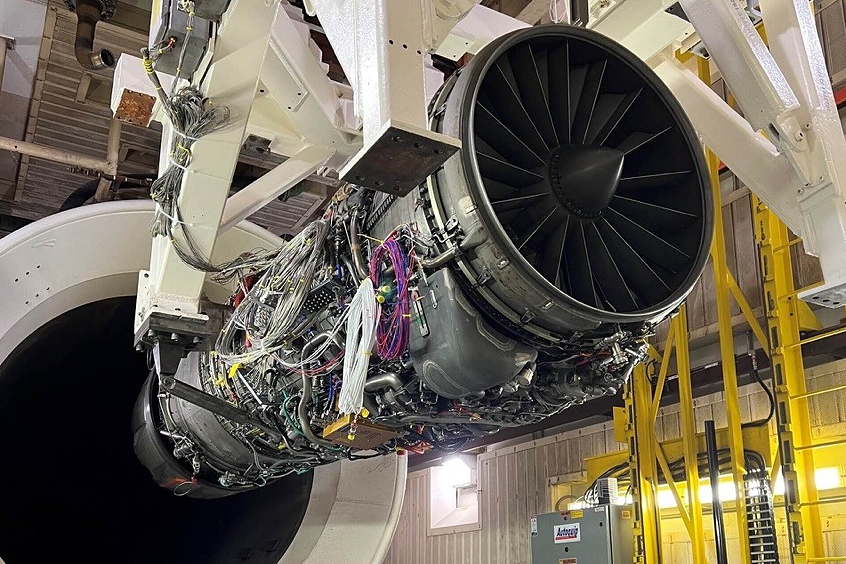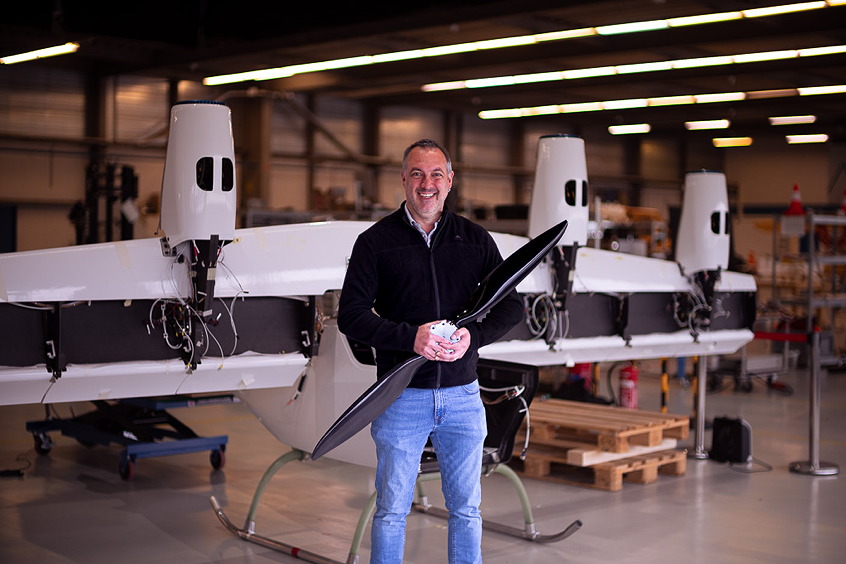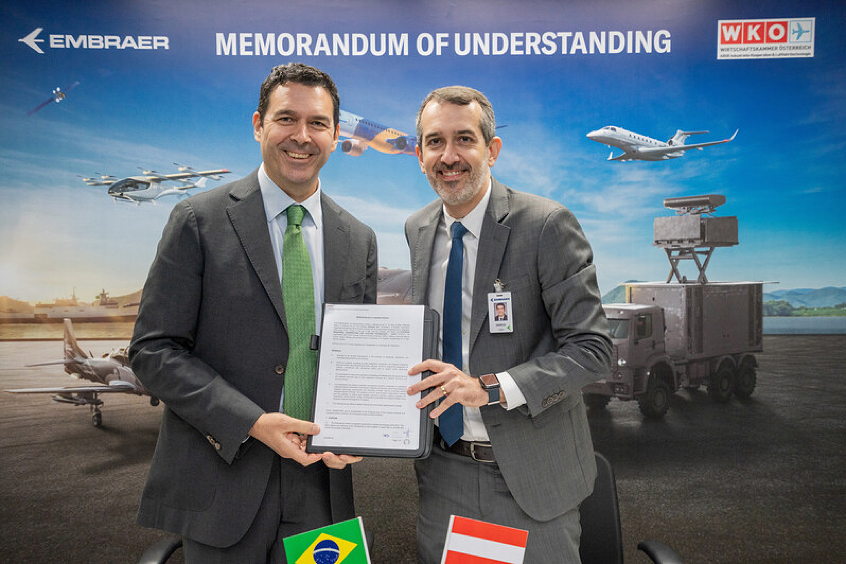A European technological demonstrator integrated into a Leonardo C-27J aircraft has made its debut flight in Turin to test innovative morphing surfaces with adaptive technologies and digital flight control algorithms.
The C-27J Flying Test Bed, a technological demonstration aircraft in the European Clean Sky 2 programme, concluded at Turin's Caselle airport the Regional Integrated Aircraft Demonstration Platform (REG IADP) campaign. The in-flight demonstration concluded a technological development cycle that began 10 years ago in Europe under Leonardo's coordination, with the involvement of national aeronautical excellences integrated with a highly qualified European ecosystem of over 100 partners, inclusive of SMEs, Research Centres, Universities and Industries.
In-flight activities will validate the technical solutions conceived and designed by Leonardo's engineers in Turin and Pomigliano d'Arco, making a significant contribution to reducing the fuel consumption - and therefore towards a sustainable and climate neutral aviation - of the future aircraft. Leonardo made available its C-27J Spartan aircraft, renowned for its outstanding flight performance and multi-mission capabilities, as a European Flying Test Bed for experimenting innovative wing configurations featuring special mobile surfaces - Innovative Wingtips and Morphing Winglets - capable of changing shape during flight through active, adaptive technology and digital systems.
These unusual surfaces are manoeuvred by advanced electromechanical actuators with digital local control units and a central flight control computer on board of the aircraft which acts as a supervisor, checking and regulating the performance of the active Load Control and Alleviation system in real time to optimise the aircraft asset, performance and fuel consumption during the flight.
The WingTip is equipped with a mobile part measuring about 80 centimetres, capable of rotating by up to ±15 degrees, while the Winglet is a vertical flap about 1 metre high at the tip of the wing, composed of two independent mobile parts, each with a maximum rotation of +5 to -15 degrees.
"We are registering extraordinary technological results, made possible by an excellent European aeronautical ecosystem in which Leonardo is at the helm, brilliantly playing the part of innovation and sustainability coordinator," notes Aurelio Calcedonio Boscarino, in charge of Strategy and Innovation at Leonardo's Aircraft Division.
The availability of experimental data will represent a strategic technological asset, also because of its potential for training artificial intelligence algorithms for maturing flight controls and future digital systems offering great reliability and incremental levels of autonomy, with reduced workload, in order to optimise the characteristics and performance of future aircraft during all the phases of the flight, reducing overall weight, fuel consumption and costs, while optimizing the product throughout the life cycle".
This milestone comes only a few days after another important technological achievement under the European Clean Sky 2 programme: the new fuselage Pax Cabin Demonstrator.
On January 10, a full-scale demonstrator of a regional aircraft fuselage was taken from Leonardo's Large Structures Laboratory in Pomigliano d'Arco to the Fraunhofer Institute in Valley, Germany. The demonstrator is the result of Leonard's collaboration with twenty European partners, including universities, research centres, SMEs and industries.
Measuring 7.3 metres in length and having a diameter of 3.4 metres, the Pax Cabin Demonstrator structural components are made in composite materials assembled by using advanced automated systems. The goal of technological development is to improve onboard comfort with innovative environmental conditioning solutions and cabin components, such as onboard services and special seats. After passing vibration and acoustic testing in Leonardo's laboratories, the demonstration will be completed at the German research facility under the Leonardo's supervision, conducting comfort tests and validating the technologies integrated at the highest levels of maturity that can be achieved in research.
The research programme and the technological demonstrators were co-financed by the European Union within the framework of the Horizon 2020 programme, and will help develop the technologies required for a future generation of low-emissions aircraft: an essential element giving concrete form to the European Commission's commitment to achieving climate neutrality in air transportation by 2050.
The technologies developed under the Clean Sky programme, in synergy with those that will be developed under the Clean Aviation programme, contribute to guaranteeing a net reduction in greenhouse gases (GHGs) of at least 30% over the state of the art in 2020, aiming to permit the entry into service of a new generation of aircraft no later than 2035 and promoting replacement of 75% of the world's civil aviation fleet by 2050.
Leonardo is a founding partner of the Clean Sky 2 Joint Undertaking, now Clean Aviation JU, Europe's biggest technological research programme steering aviation towards a sustainable future.
| Contact details from our directory: | |
| Leonardo Aeronautics (Alenia) | Airframer |
| Related aircraft programs: |
| Leonardo (Alenia) C-27J Spartan |
| Related directory sectors: |
| Airframe Assemblies |
Weekly news by email:
See the latest Bulletin, and sign up free‑of‑charge for future editions.

Amprius and Stafl team up for battery pack innovation

RISE engine efficiency project gains momentum

Dufour picks Mejzlik propeller blades for the Aero2
